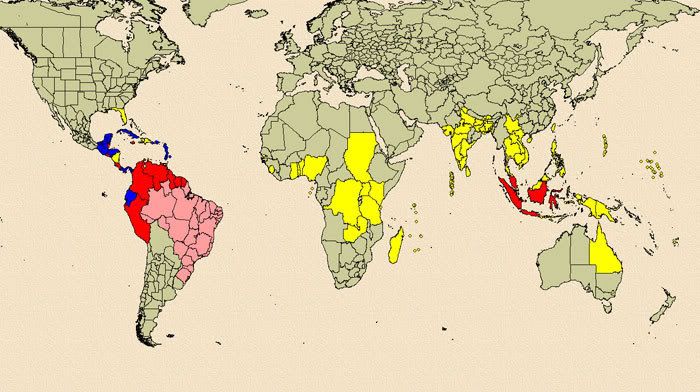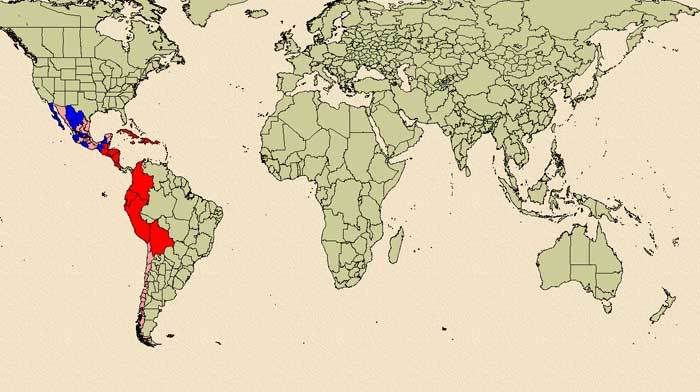This one has been named as tamarind by the person who sent it to me, but they are not absolutely certain.
I cant find any pics on the Web of the various species of tamarind or tamrind wood, trees yes, wood no.
The wood dust irritates the mucus membranes of the mouth and causes some lung irritation too.
This peeled stick is about 4.5cm (1 ¾):
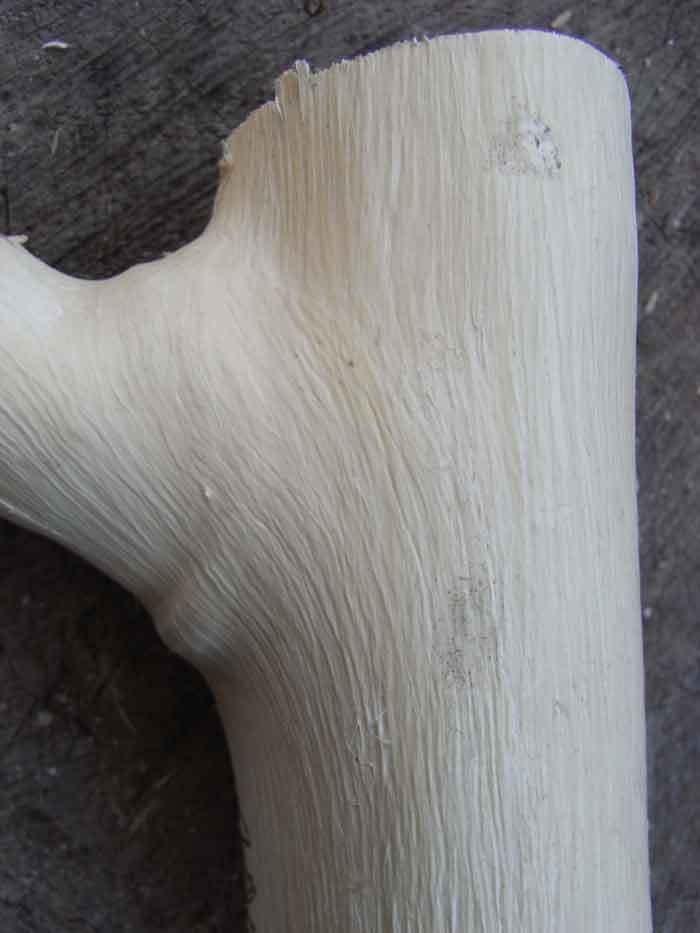
End grain with pith:
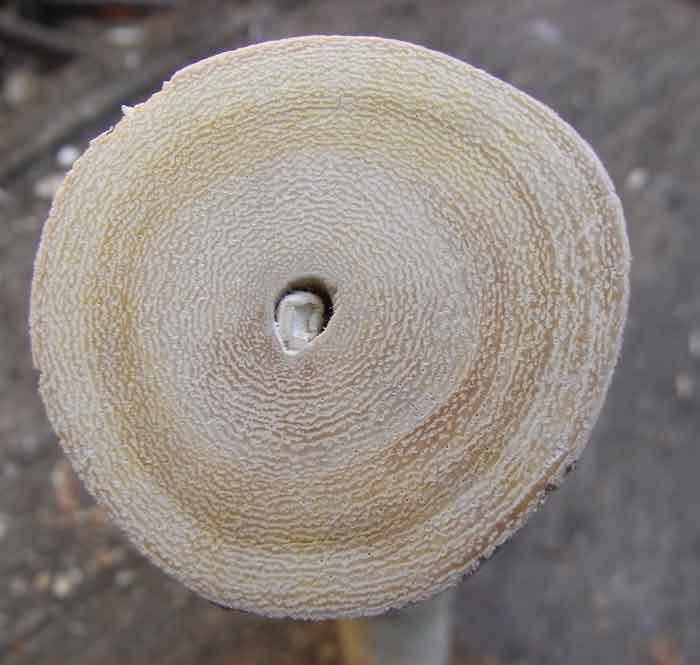
Transverse cell structure:
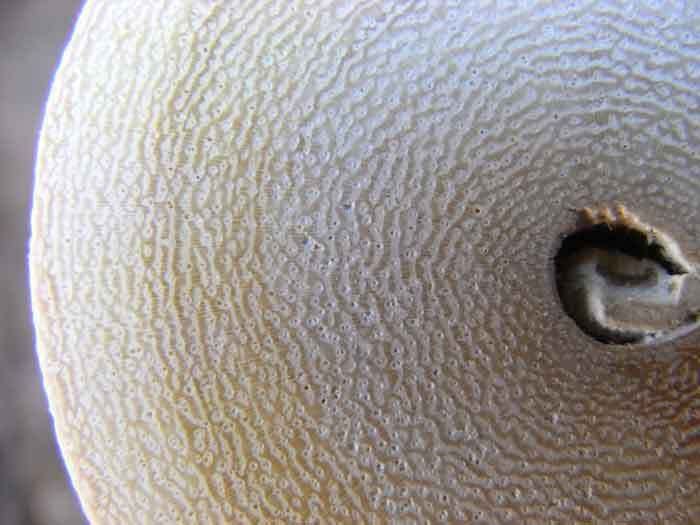
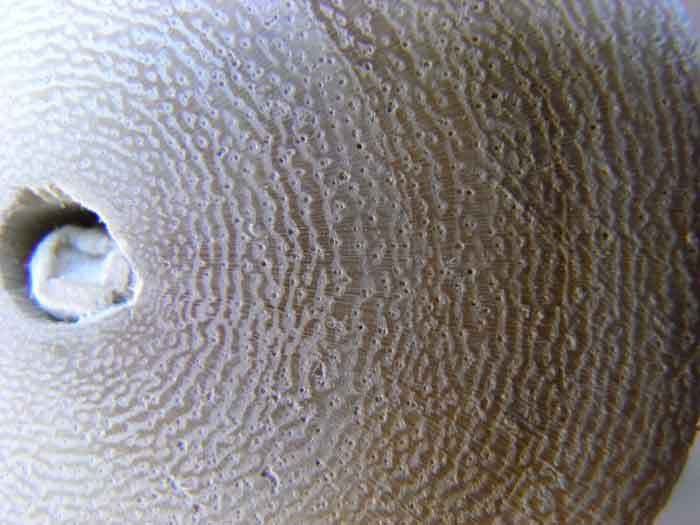
A small cut trimmed off one end to show the tangential grain and pores:
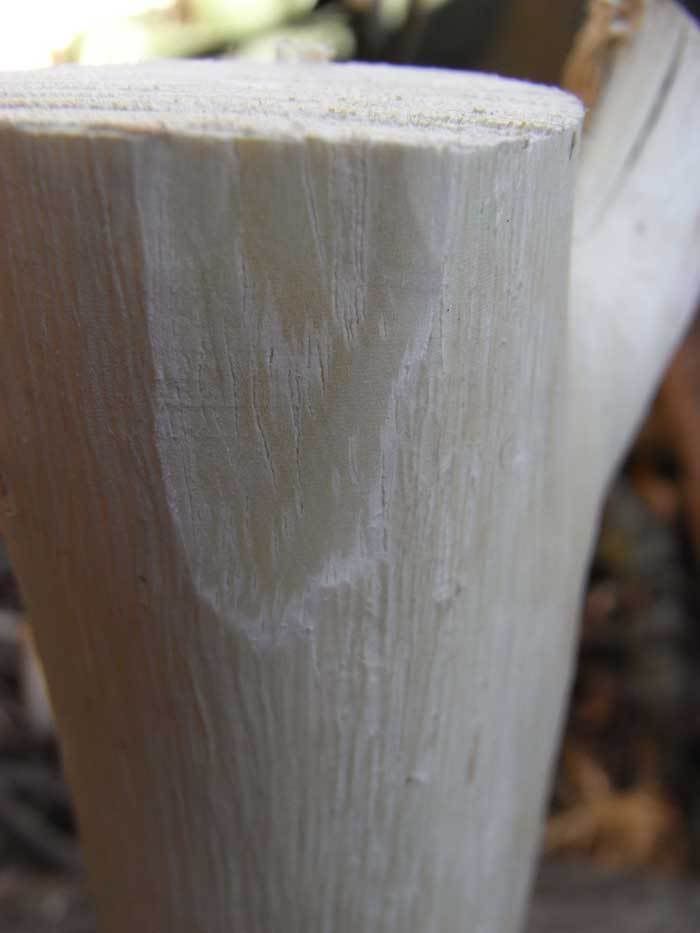
Ideas, anyone?
Best regards,
Paul.
I cant find any pics on the Web of the various species of tamarind or tamrind wood, trees yes, wood no.
The wood dust irritates the mucus membranes of the mouth and causes some lung irritation too.
This peeled stick is about 4.5cm (1 ¾):

End grain with pith:

Transverse cell structure:


A small cut trimmed off one end to show the tangential grain and pores:

Ideas, anyone?
Best regards,
Paul.


